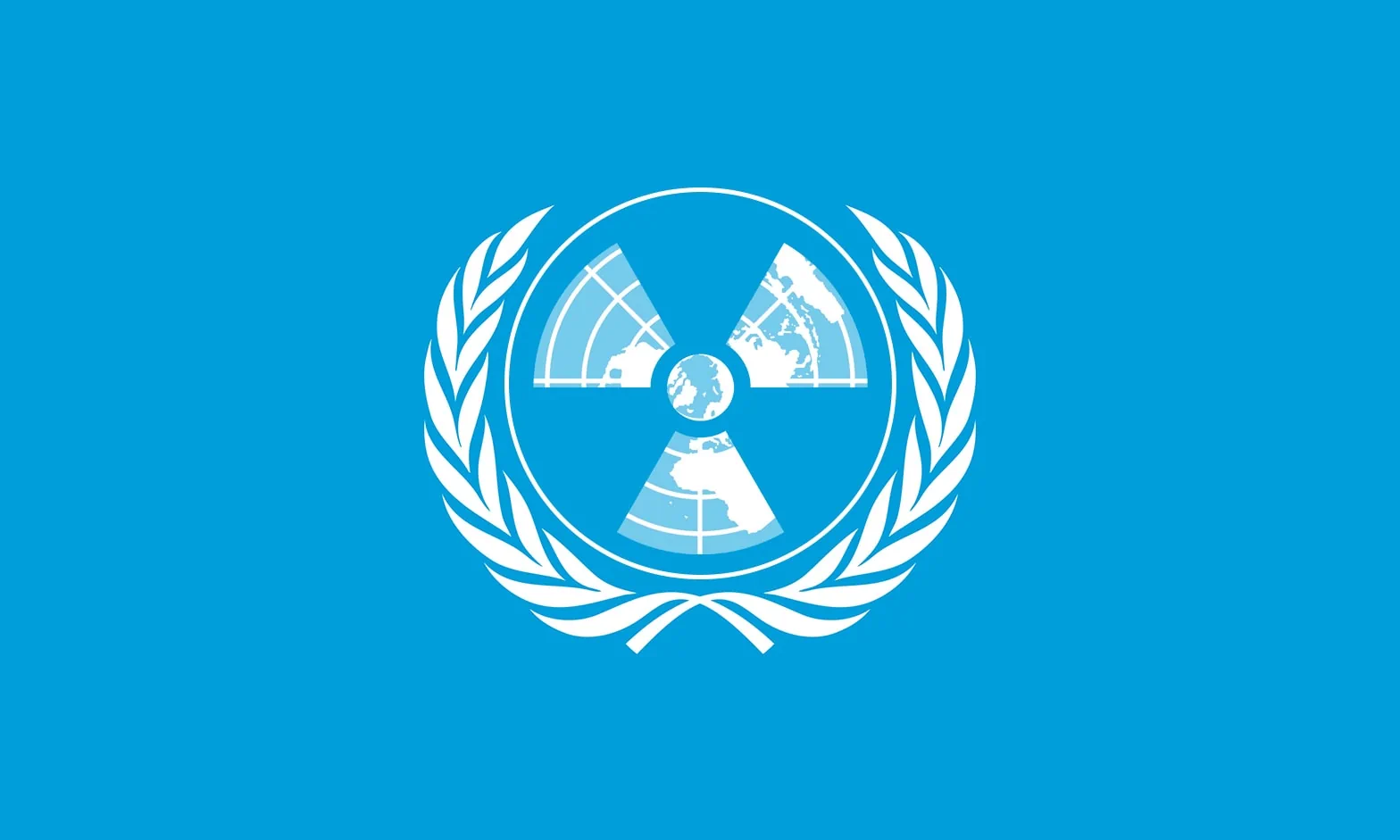(Art direction and design: Jean-Dominique Lavoix-Carli) On 21 March 2024, thirty two heads of states and governments and special envoys met in Brussels for a summit that received little media attention, despite a very high level attendance. This meeting was the first ever Nuclear Energy Summit, jointly hosted by the International Atomic Energy Agency (IAEA) …
Tag Archives: climate change
How to Create New Civilizations (2)? Creation and Mimesis
(Art direction: Jean-Dominique Lavoix-Carli) How can we create new civilizations adapted to the challenges of the present and of the future? Can we do it despite tremendous pressures such as climate change, or blows such as defeat at war? In this series of articles, we use Toynbee’s masterful A Study of History to explore the …
Continue reading “How to Create New Civilizations (2)? Creation and Mimesis”
Climate Breakdown: Towards War to Reduce CO2 Emissions?
(Art direction and design: Jean-Dominique Lavoix-Carli) “Climate breakdown has begun” warned UN Secretary-General António Guterres in a statement released on 6 September 2023. Globally, throughout the 2023 Summer, the world has lived through the beginning of the turmoil and havoc that climate change and related temperature rise bring. Repeated heatwaves, related air pollution “with knock-on …
Continue reading “Climate Breakdown: Towards War to Reduce CO2 Emissions?”
Climate Emergency, AI and the (Necessary ?) Rise of Geoengineering
In the 2002 post-apocalyptic-movie “Reign of fire”, the last human colonies are exterminated by dragons burning the remnants of already poor crops. In 2023, the emergence of an early and powerful El Niño event amid the planetary effects of global warming raises the question of its geopolitical consequences in a world rocked by the war …
Continue reading “Climate Emergency, AI and the (Necessary ?) Rise of Geoengineering”
Challenge Your Beliefs with the AI Sphinx
Try Sphinx to challenge your beliefs, assumptions and hypotheses.
Sphinx is an AI assistant designed to challenge assumptions, reinforce arguments, and identify blind spots. It uses OpenAI’s GPT3.5 model and the Red Team Analysis Society’s methodology and knowledge base to provide a devil’s advocate perspective. In this article, we also explore the importance of challenging assumptions and showcase what Sphinx can achieve with the example of climate change.
War in Ukraine, the 2023 Super El Niño and Global Disruptions – Anthropocene Wars (8)
Since its very outbreak in March 2022, the geopolitical and economic effects of the war in Ukraine have combined with the cascading consequences of climate change (Jean-Michel Valantin, “War in Ukraine, The U.S Mega drought and the Coming Global Food Crisis”, The Red Team Analysis Society, May 1, 2022). In 2023, it is very likely that …
Adapting to the Burning World?
Design: Jean-Dominique Lavoix-Carli A Bright and Burning Future Over the last years, each summer, tsunamis of fire surge in North America, Russia, Africa, South Asia, and Europe. Each year, they break former records and spread wider, while becoming much more intense. These fires define the parts of the world that are going to become a …
The Global Wildfire (1)
(Credit Image: Pierre Markuse, CC BY 2.0) The global wildfire is engulfing the world. Throughout 2019, immense swaths of Australia, California, Alaska, Russia, central Africa, and the Amazon basin, were part of this immense bonfire. This conflagration took place after the historic fire seasons of 2018, 2017, 2016… (David Wallace Wells, The Uninhabitable Earth, Life …
Artificial Intelligence, climate change and the U.S military
AI, AI Everywhere The Artificial Intelligence field (AI) is creating a continuity that encompasses climate change science and the preparedness of the U.S. military to climate risks. This continuity appears through the central role of AI in two apparently disconnected foresight civilian and military uses. AI and climate science Climate Central published in Nature a …
Continue reading “Artificial Intelligence, climate change and the U.S military”
Towards a U.S.-China War?(2): Military Tensions in the Warming Arctic
From 1 to 28 September 2019, 3000 men and women of the U.S. Navy and the U.S. Marine Corps are participating in the “Arctic Expeditionary Capabilities Exercise”. The U.S. Indo-Pacific Command leads this exercise. The exercise takes place in the Aleutian Islands, Alaska and Southern California (“Navy, Marine Corps conduct Arctic expeditionary capabilities exercise in Alaska”, …
Continue reading “Towards a U.S.-China War?(2): Military Tensions in the Warming Arctic”











